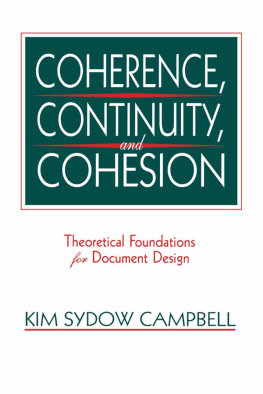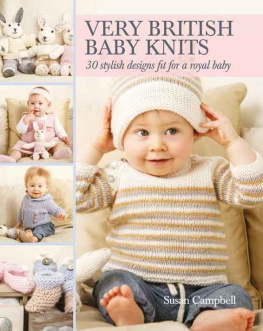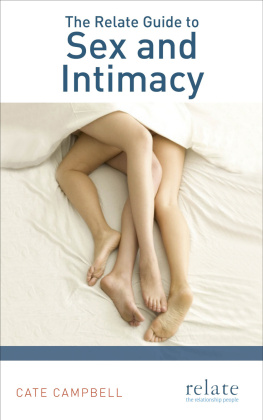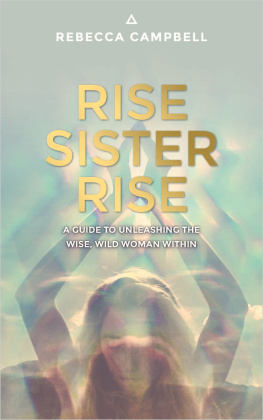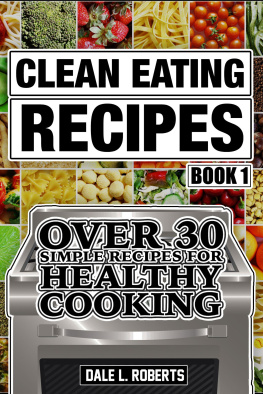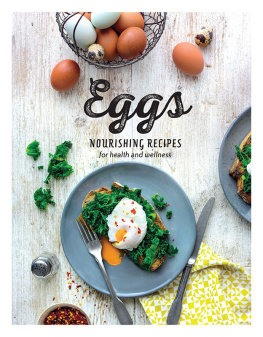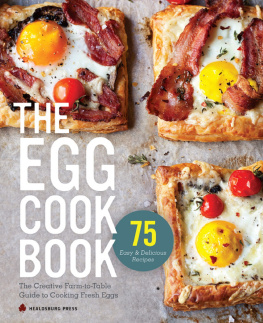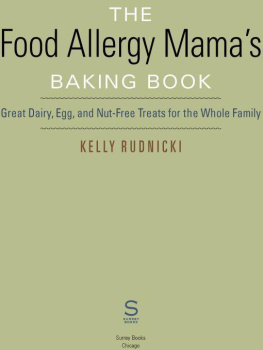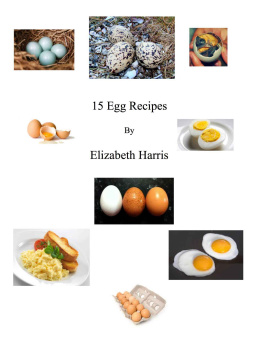EATING
EGGLESS
Cooking and Living Creatively with an Allergy to Eggs
Elizabeth Moody Campbell
Copyright 2016 Elizabeth Moody Campbell
All rights reserved.
No part of this book may be reproduced, or stored in a retrieval system, or transmitted in any form or by any means, electronic, mechanical, photocopying, recording, or otherwise, without express written permission of the publisher.
Published by Haida Point Property LLC, Seattle, WA
www.eatingeggless.com
Edited and Designed by Girl Friday Productions
www.girlfridayproductions.com
Editorial: Meghan Harvey, Emilie Sandoz-Voyer, Lisa Gordanier, and Em Gale
Interior Design: Paul Barrett
Cover Design: Todd Bates
Logo Concept: Angela Turk Art & Design
Cover Images and Food Photography Lindsey Denman
ISBN-13: 978-0-692-56264-2
ISBN-10: 0-692-56264-8
eISBN: 978-0-692-56263-5
First Edition
Printed in the United States of America
In memory of my mother, who started me on my journey to creative eggless cooking and taught me how to live with asthma and food allergies.
All proceeds will go to support food allergy education and research at Health and Science Education Outreach at Seattle Childrens Research Institute.
EDUCATION IS KEY...
Whether we are parents or educators, restaurant owners or coaches, we all have a role to play in keeping people who have food allergies safe. Through education we can learn how to reduce the risk of exposure to allergens, how to recognize the symptoms of an allergic reaction, and how to work together to create a safe and welcoming environment for people with food allergies.
Amanda L. Jones, PhD
Director, Health and Science Education Outreach
Seattle Childrens Research Institute
CONTENTS
INTRODUCTION
Eating Eggless presents creative recipes to be enjoyed by everyone, and especially by those with an allergy to eggs or who generally wish to avoid eggs. Because I have been allergic to eggs all my life, cooking without them has become second nature to me.
The purpose of this book is to give the reader many helpful suggestions for eating out, grocery shopping, and traveling, as well as to provide a selection of time-tested recipes for many occasions. These have been enjoyed by family and friends through the years. Many tips are listed in Eight Steps to Eating the Eggless Way, and the resource section provides helpful information on such subjects as where you might encounter hidden eggs and what to substitute for eggs. Each recipe chapter begins with a section called Tips and Hints for preparing food from that chapter, and all through the book Egg Alerts and Cooks Notes pop up in appropriate places.
A number of the recipes are suitable for vegetarians or could be made so with a little variation. Most recipes are my originals or were recreated from wonderful family and friends recipes as well as from published books. Since you surely have your own favorite recipes, I suggest ways to make them eggless without making major changes to the ingredient list.
Fifteen million Americans have food allergies, and that includes approximately three million children. Although only about 1 percent of all Americans have an allergy to eggs, it is the second- most-common food allergy for young children. I was motivated to write a book that covered just egg allergies, rather than including additional allergens, because I wanted to share my recipes and knowledge about living with an egg allergy so others could live with the least amount of restrictions.
As I grew up, my mother created many eggless dishesespecially desserts and cookies. Her creative ways inspired me to continue developing new recipes to follow some of the food trends of today. Eating Eggless is intended to be a stepping stone for those with an egg allergy, so they can cook and eat out with a new and safer vision for eating without eggs.
Every recipe in Eating Eggless uses readily available food products, so be adventuresome with your cooking, and as you gain confidence, youll be able to convert your own favorite recipes to versions that taste delicious and contribute to your long-lasting health and happiness.
Bon Apptit!
EIGHT STEPS TO EATING THE EGGLESS WAY
1. READ, READ, READ!
- Packaged food ingredients change without notice, so it is very important to read the ingredient list every time you purchase a product or even select a different size package of the same brand.
- Shopping for food with your new knowledge about your food allergy will take longer, but the time you spend reading labels will save you from suffering later. For example, would you suspect egg yolk to be an ingredient in plain bottled horseradish?
- If you have just recently become allergic to eggs, take a little time to read recipes you see in books and magazines to familiarize yourself with the many ways eggs are added to foods. It makes eating away from home easier when you know where eggs could possibly be lurking.
- Its better to be safe than sorry: Read the label before you purchase the product. Read the label when you put the product in the cupboard, and read the label again when you use the product for the first time. It is so easy to miss that little three-letter word!
BE VIGILANT ABOUT READING LABELS
2. HIDDEN EGGS
- When contemplating eating something you havent prepared, if you are not sure of the ingredients, DO NOT EAT IT. It is so easy to think a food served to you should not contain eggs, but dont guess. Check Resources and Information for a list of common food products that contain .
- Eggs and egg by-products also go by many different names. See Resources and Information for a list of manufacturers .
- Cholesterol-lowering egg substitutes sold in the dairy section of the supermarket contain egg whites and should NOT be used for egg-free cooking.
- Some drugs and vaccinations contain small amounts of egg product. Check with your health-care provider before you receive any inoculations or other medications, and confirm that your allergy is noted on your medical records. Double check with your pharmacist as well.
PREVENTIONASK BEFORE YOU EAT!
3. CROSS CONTAMINATION
- Be on the lookout for cross contamination, as one or several small pieces of food you are allergic to could accidently fall into the food being prepared for you. Cutting boards, salad bowls, grills, and woks are all common sources of cross contamination. It can happen in a restaurant as well as in a friends kitchen. It can also take place in your home kitchen if others in your household eat eggs or use products that contain eggs.
- Restaurants may cook eggless pasta in the same kettle of water used to cook egg pasta or slice vegetables on the same board that was used to slice eggs. Ask your server to have your food prepared in an area free from eggs and for the preparer to use clean gloves.
- One of the most common points of cross contamination is in the area of sandwich preparation, as mayonnaise (which is typically made with eggs) is so frequently used. Clearly specify that you do not want mayonnaise or other special sauces that may contain mayonnaise. Peek under the bread when it is served to double check.
- At large functions, salads are often premade, so it is an easy practice for the kitchen staff to lift the egg off the salad and serve it as egg-free. Ask to have a new salad made for you, as fragments of the egg may remain on your lettuce.


